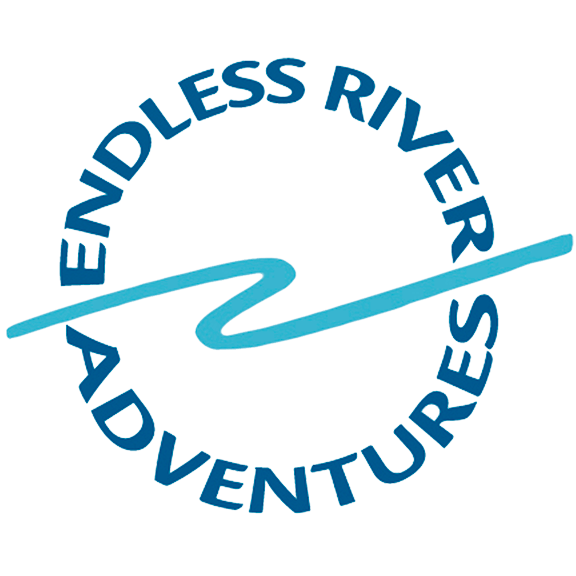Breaking Things Down: Slalom Pivot Turns and Difficult Rapids
Heading into slalom gates can create the same problems that running a more difficult rapid presents: it is too easy to just try and tackle the whole course (aka: rapid) and never understand how to break it down and do it well.
Broken Nose on the Ocoee River is a very good example. The most difficult rapid on the Ocoee, Broken Nose presents multiple directional currents, slow water, ledges and eddies that can be used for better or worse. Often initial runs through Broken Nose are just survival runs (nothing wrong with that to a certain extent of course!). Water goes downstream, all boats will end up downstream; it is a given (although there might be some in-between time with hole surfing). So when a boater “makes it through” Broken Nose that can be considered success. But was the rapid understood? Were all the features available to use to make the rapid easier used? Can you break the rapid down and understand the various stages throughout?
Heading into a series of slalom gates can present the same challenge. You go charging downstream through the gates at full speed, trying to tie in preturns, moves through one gate to the other, and of course pivot turns through the gates (since they are one of the coolest things to do in slalom). But if you don’t understand a preturn, or the strokes used for a good pivot turn, or how to keep your nose up across the eddy line, or what boat angle to use on the approach to a gate, then running the gates is an exercise in spinning your wheels.
The answer to running gates/understanding how to better run a rapid? Break it down!
In slalom, back off the entire group of gates and specifically work on a move through one gate and only one gate. Get the approach right. Get the angle right. Get the timing of strokes right so you can throw out that cool looking pivot turn and actually make it through the gate with confidence rather than with luck.
Instead of taking on the whole of Broken Nose on the Ocoee, first run it without catching eddies; then catch the staging eddy to successfully execute the ferry to Eddy #2; then come in behind Eddy #4 to see what the rapid looks like from half way…and so on and so on….
It is not about “making it to the bottom” of a rapid but using everything the river has to offer you to confidently maneuver – and more important, to win style points!
Want to understand more about slalom technique to improve your river running? Check out Ron Lugbill’s awesome blog site about whitewater slalom racing…..

